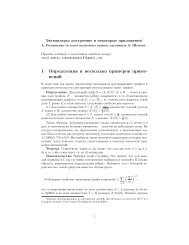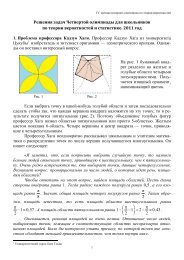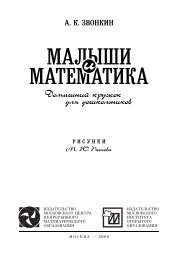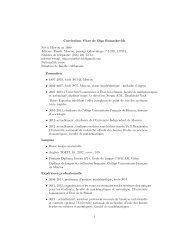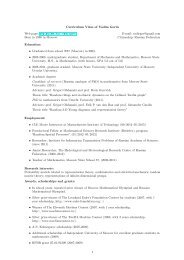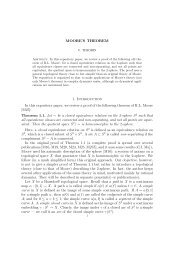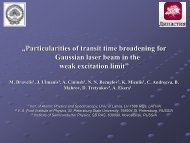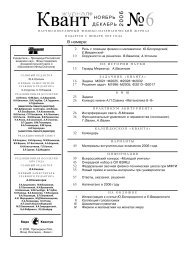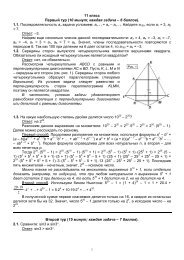You also want an ePaper? Increase the reach of your titles
YUMPU automatically turns print PDFs into web optimized ePapers that Google loves.
OLIGOSEN (34-23 My)1. Edirne-Keşan-Kocayarmalar ,2. Edirne-Keşan-Kavakdere3. Edirne-Keşan-Paşaköy4. Edirne-Keşan-Karacaali5. Edirne-Keşan-Yeniköy6. Tekirdağ-Malkara-HasköyElomeryx & Antracotherium (Artiodactyla)(Ozansoy, 1966; Ünay, 1989)According to the most recent studies, the present day tectonic frame of Anatolia began to form in the Early<strong>Miocene</strong> (e.g. Şengör et al., 1985; Yılmaz, 1992). The palaeogeography of Turkey was dominated by an erosional highland area withcontinental deposition surrounded by shallow seas in the north, east and south at that time. This highland was dissected in theAegean region by fault–bounded basins which have been generally N–S trending. In western Anatolia, many basins were filled duringthe <strong>Late</strong> Oligocene and <strong>Miocene</strong> period (Akgün et al., 2007; Kaya & Mayda, 2011).Central Anatolia is made up of several continent fragments that were assembled during the <strong>Late</strong> Cretaceous–Early Tertiary timeinterval as a result of the closure of multibranched Neotethyan ocean (Şengör and Yılmaz, 1981). Sedimentary basins were alsodeveloped during the Cretaceous–Tertiary period in a variety of localities in central Anatolia (Akgün et al., 2007).11



